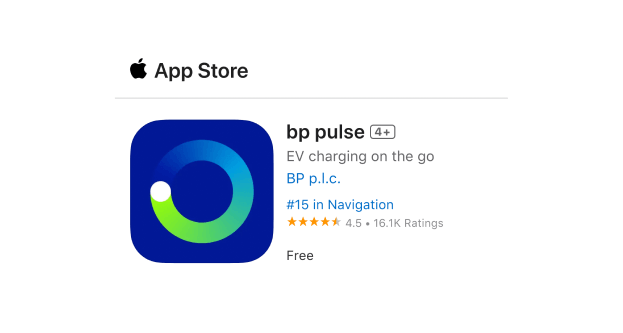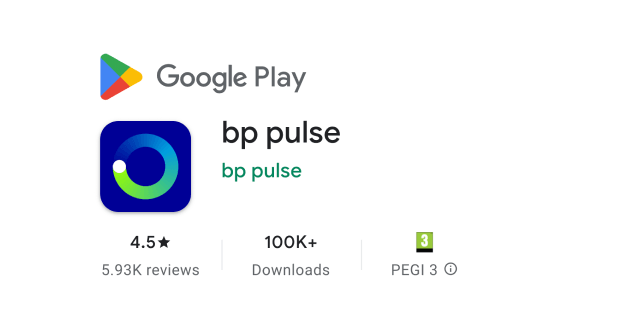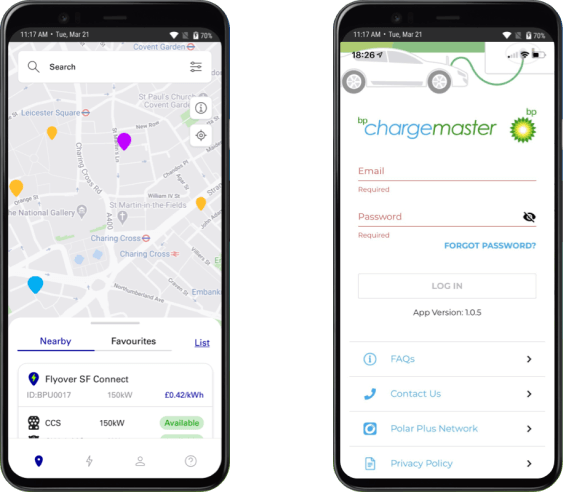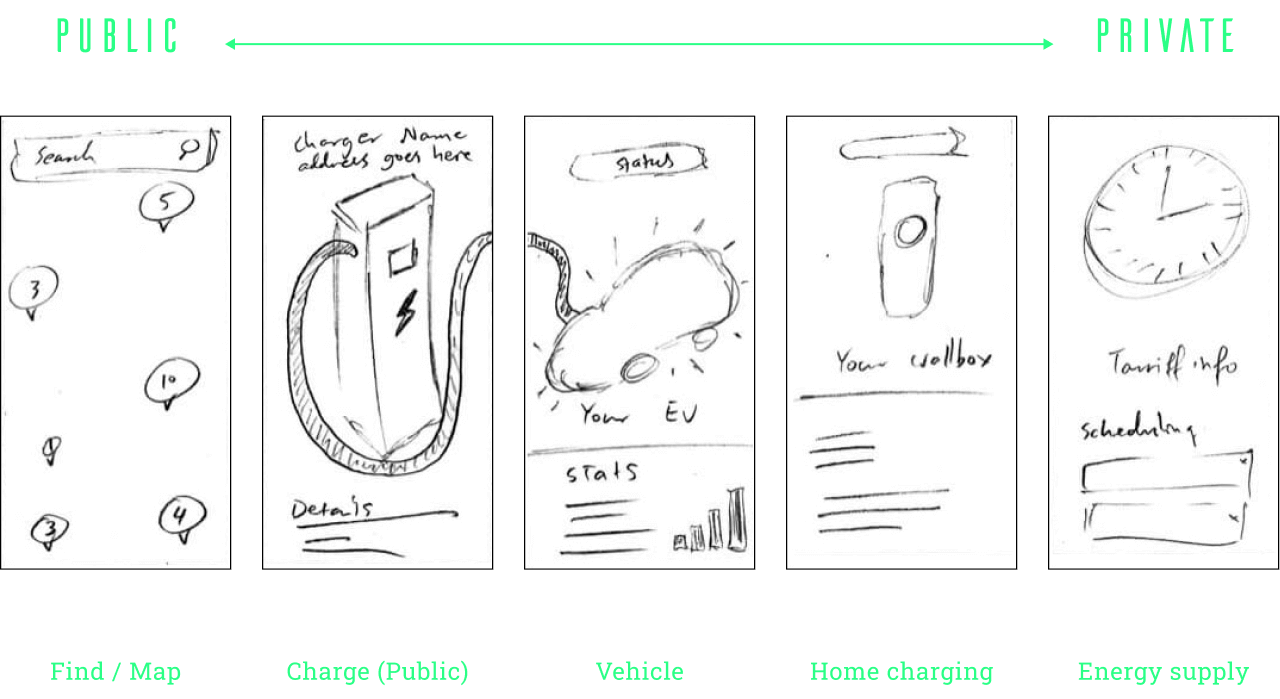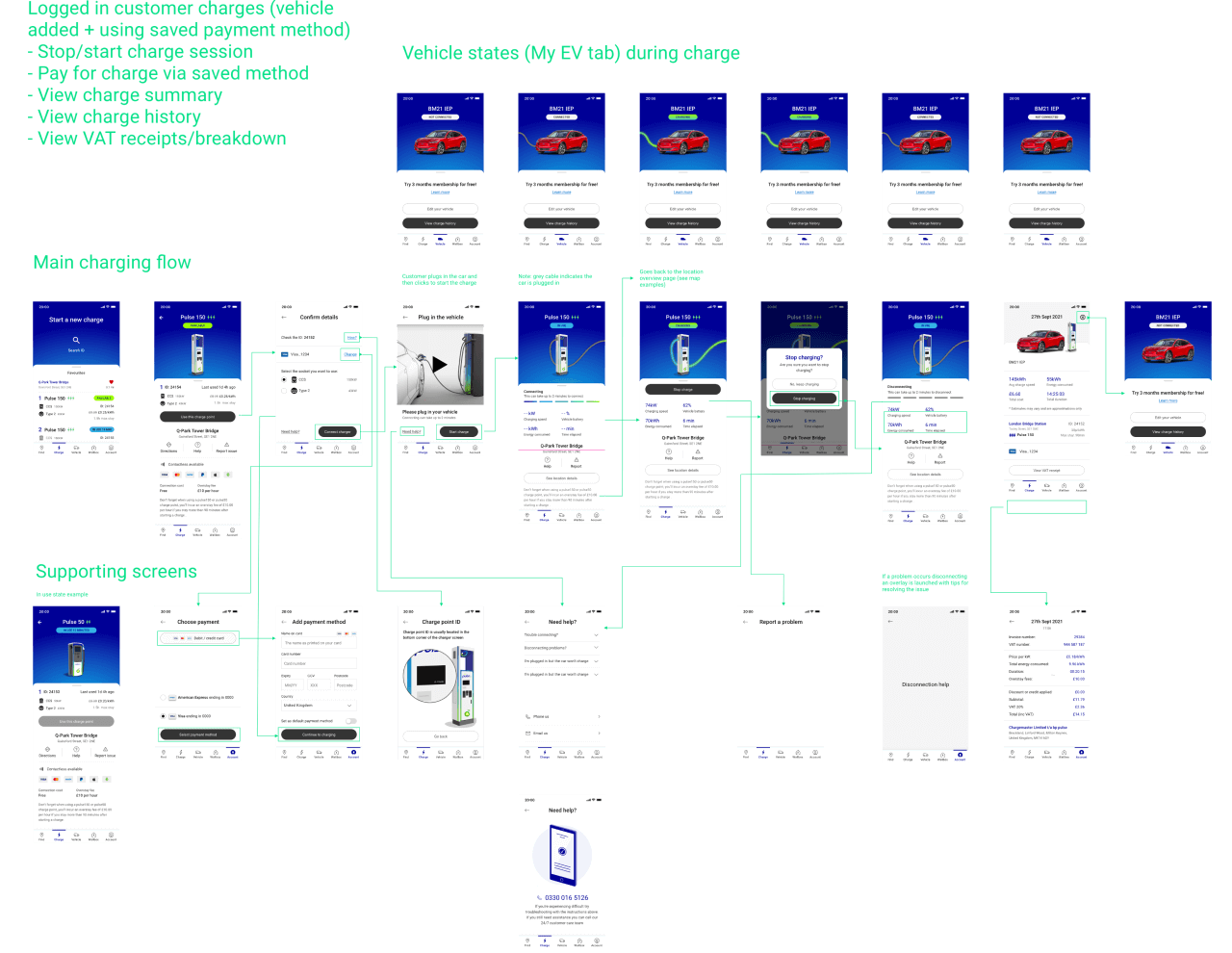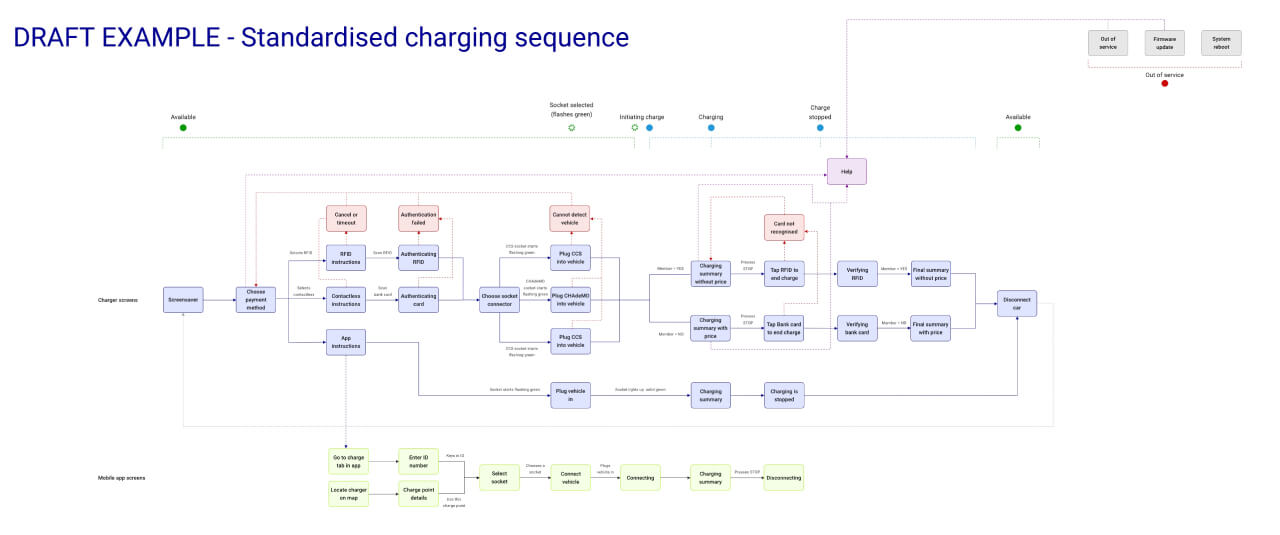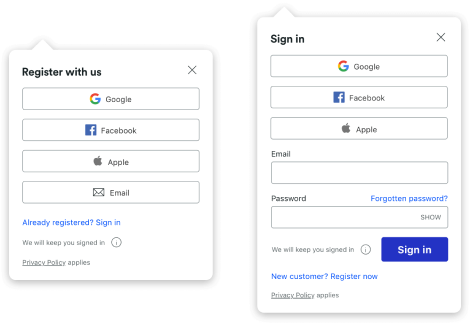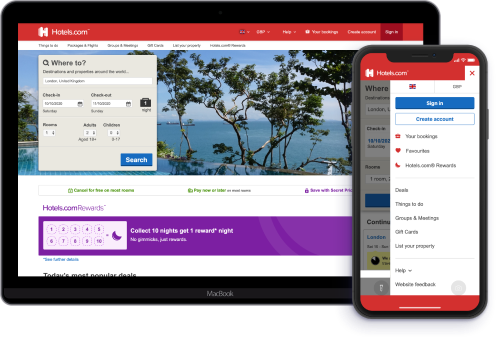The outcome
To accelerate electric vehicle adoption, I enhanced the customer experience by designing a unified BP Pulse app for home and public charging, achieving a 4.5-star rating on the Apple App Store and 4.6 stars on Google Play. Conducting in-depth customer research, I informed strategic decisions across the business and collaborated with engineering, procurement, and site teams to optimise charge sequences and improve signage. This holistic approach addressed key customer pain points, delivering a seamless and satisfying charging experience.
